Magazine
What Does Glycolic Acid Do?
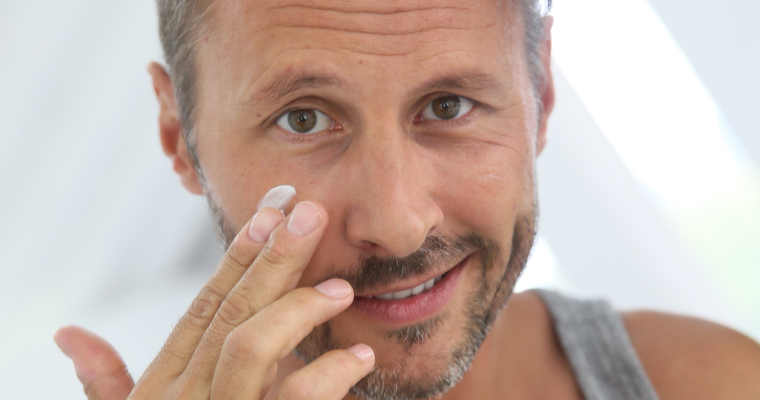
If you are interested in skin care, it is likely that you have heard of glycolic acid. It may be surprising to learn that acids are often used in skincare, safely and effectively.
Glycolic acid is one of the most common ingredients, particularly skincare that is focused on cleaning, buffing, and exfoliating.
But what exactly does glycolic acid do, and why is it used in so many different products?
Today we will be discussing all things glycolic acid. First, we will define glycolic acid and explain its properties. Then, we will explain the two products that it is most commonly found in and for what purpose.
Glycolic Acid
Glycolic acid is a 2-hydroxy monocarboxylic acid and alpha hydroxy acid most commonly associated with exfoliation because of its natural ability to clean and buff the surface of the skin, ridding it of dead skin cells and grime.
There are several benefits to using glycolic acid in skin care. For example, glycolic acid is known to be able to even out rough and uneven skin texture and improve the overall tone by targeting discoloration.
These same properties allow it to decrease the appearance of wrinkles and fine lines living on the surface of your skin and reduce the size and visibility of pores.
Glycolic acid does so by unclogging pores and minimizing any existing swelling.
Keeping skin clean and pores unblocked reduces the chances of developing various skin conditions, blemishes, and irritation. As an alpha hydroxy acid, or AHA, glycolic acid is water-soluble.
Alpha hydroxy acid’s counterpart beta hydroxy acid is recognized for offering many of the same benefits in skin care. Still, it is differentiated by its oil solubility and for being too harsh on certain skin types.
Glycolic acid being water-soluble allows it to peel away the surface of the skin, make space for the generation of new skin cells, ad fix surface-level issues like treating fine lines, healing hyperpigmentation, and minimizing enlarged pores, all while being a gentle enough ingredient to be used on all skin types.
Exfoliate
Glycolic acid is perhaps most notably used as a key ingredient in chemical exfoliators. Exfoliation is the process of removing dead skin cells from your epidermis either chemically or mechanically.
Mechanical exfoliation involves using tools to buff away the dead skin cells located on your skin’s surface. Popular tools for exfoliating mechanically include bristle brushes and specially made sponges.
Exfoliating gloves are also commonly equipped tools for exfoliating the body rather than the face.
Where glycolic acid comes into play, however, is with chemical exfoliation. Chemical exfoliation is the process of using chemicals to dissolve dead skin cells from off of the skin. These chemical washes and scrubs most typically contain alpha-hydroxy acids or beta hydroxy acids as an acidic component in the solution.
Glycolic Acid
One of the most popular is glycolic acid. Glycolic acid, an alpha hydroxy acid, is notably milder than some other acids used in exfoliators, making it a safe and effective option for even sensitive skin types. Chemical exfoliation is also considered a milder practice than mechanical exfoliation, which does not suit all skin types.
Even with a mild exfoliator, exfoliation is a notably effective procedure. Exfoliating can be used to prevent both acne and premature aging.
Preventing Acne With Proper Exfoliation
Acne is a skin condition that is experienced when your pores become clogged. Everyone has sebaceous glands located in the mid-dermis of their skin. These glands are responsible for producing sebum, the body’s natural oil, which functions as a lubricating system for hair and skin.
The glands are connected to hair follicles. Hair follicles are tunnel-shaped structures in the epidermis through which hair grows up and out of the skin. These tunnels are also used for transporting sebum up onto the surface of the skin.
Sometimes, these follicles will become clogged with unwanted substances that include dirt, grime, and excess sebum. Without a strong enough moisture barrier to defend your skin from external substances, bacteria may reach your clogged pores and infect them, resulting in acne.
Exfoliating can prevent the formation of acne by cleaning out your pores before they have a chance to become clogged, infected, and spread throughout your skin. This same process can inhibit early signs of aging.
When your pores are clogged, the texture of your skin can become rough and uneven. Additionally, these clogs can prevent your skin from generating new, healthy skin cells leaving your skin dull and prone to breakage.
While exfoliating can successfully prevent both acne and premature aging, the procedure can be harmful if done incorrectly.
What To Consider When Exfoliating Your Skin
Consider a few things before incorporating exfoliation into your skin care routine.
Choosing The Right Ingredients
First, consider what skin care products you are already using. Products containing more vital ingredients, like benzoyl peroxide or retinol, may not respond well to exfoliating and can result in breakouts and peeling of the skin.
Your products may be very important to treating your skin, particularly if they are part of prescription medication. If those products and their effects take priority, hold off from exfoliating until your skin is strong enough to benefit from it.
Proper Application
A second factor to consider is the application. Regardless of whether your skin type is sensitive or normal, and regardless of if you have opted for chemical or mechanical exfoliation, the key to exfoliating is gentility.
If you are going to use tools like a sponge or a brush, only use light strokes, If you are using a chemical exfoliator like one with glycolic acid, apply it in small, circular motions only for about 30 seconds before rinsing it with lukewarm water.
Hydrating Face Cream
One last factor to consider is the strength of your current face cream. One of the downsides of exfoliating is that the process can be drying. For this reason, it is important that you follow up a round of exfoliating with the application of your moisturizer. To keep your skin healthy and hydrated, it is essential that you are using high-quality face creams.
We suggest Particle Face Cream. Our 6-in-1 anti-aging cream is designed to provide men with a full facial treatment. The benefits of our combined use of cutting-edge technology and high-grade ingredients include reducing wrinkles, alleviating eye bags, removing dark spots, soothing the skin after shaving, moisturizing the skin, and using Dead Sea minerals to nourish the skin.
Even in the instance that exfoliating is not for you, and that you would rather direct your attention towards building up your moisture barrier, our face cream contains ingredients that could help you do just that.
For example, one of our 12 essential ingredients is lactic acid, a different alpha hydroxy acid, that helps to improve natural moisture levels and skin texture.
Other top ingredients and their effects include pentavitin, which hydrates for up to 72 hours. Sym white helps combat discoloration and uneven skin tone, while hyaluronic acid maintains collagen synthesis.
A full list of ingredients can be accessed here.
Cleanse
Although glycolic acid is most commonly used in exfoliators, the ingredient can also be found in other areas of skin care, including cleansers.
Cleansing your face every morning and every night is essential for keeping your skin healthy and clear. Bacteria and other unwanted substances can gather on your epidermis throughout the day and night, making consistent washing crucial for maintaining your skin’s well-being.
Face washes often include an alpha hydroxy acid as an ingredient because of their ability to mildly cleanse and exfoliate.
For example, Particle Face Wash uses glycolic acid as a key ingredient in our cleanser.
Our face wash is carefully designed to wash away dirt and leave your skin feeling fresh and clean. The glycolic acid in our formula is specifically used to get rid of dead skin cells. Even without using a separate exfoliator, the right cleanser can gently but thoroughly clean out your pores and epidermis.
Our face wash is an example of this.
Other benefits provided by Particle Face Wash include replenishing skin with vitamins and minerals, increasing collagen levels, healing damaged or dry skin, and soothing and protecting damaged cells.
Conclusion
Glycolic acid does a lot more for the skin than we know. The best way to determine the function of glycolic acid in a specific product is to consider the other ingredients that it is used in combination with. In most instances, glycolic acid is used for its buffing and cleansing effects.
However, the ingredients that it is combined with will determine whether it will function as a cleanser or a chemical exfoliator. In both products, glycolic acid can be extremely effective and beneficial for your skin.
Sources
Glycolic acid | HOCH2COOH | PubChem
How to safely exfoliate at home | AAD
Lactic Acid Bacteria and Lactic Acid for Skin Health and Melanogenesis Inhibition | PubMed
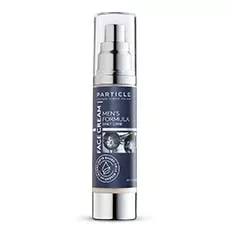
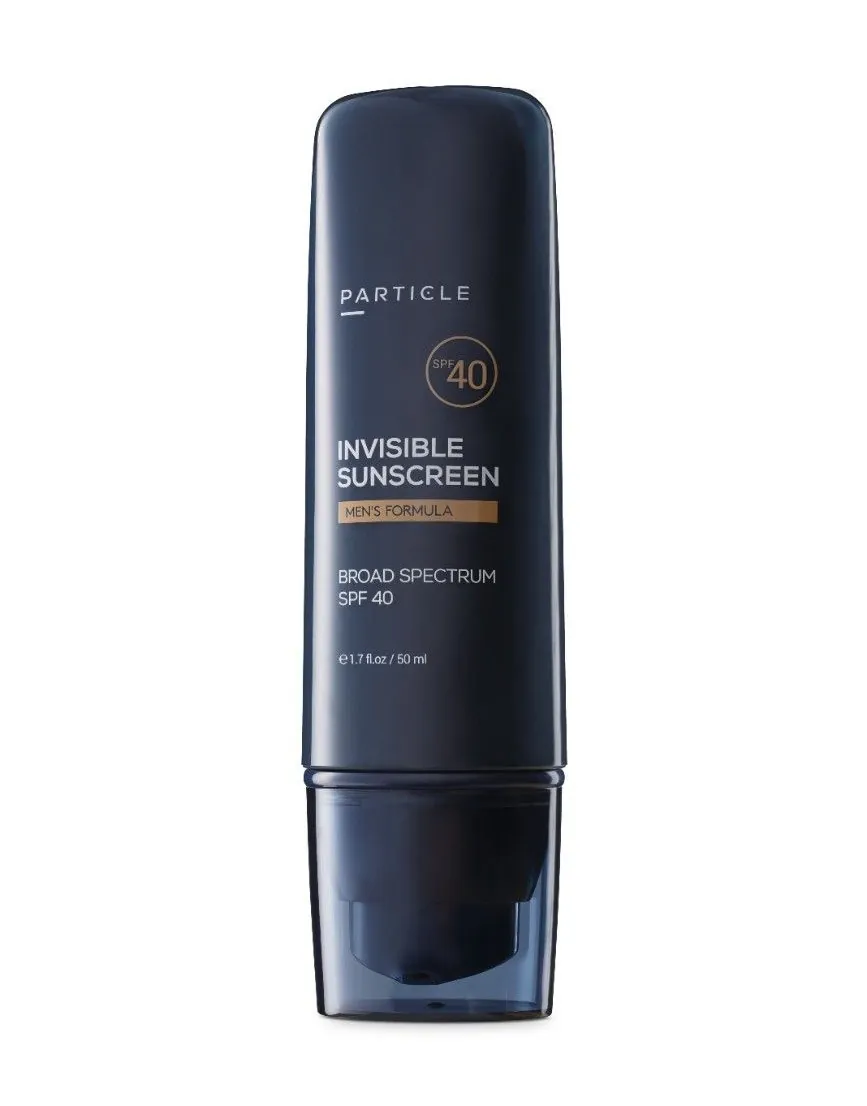
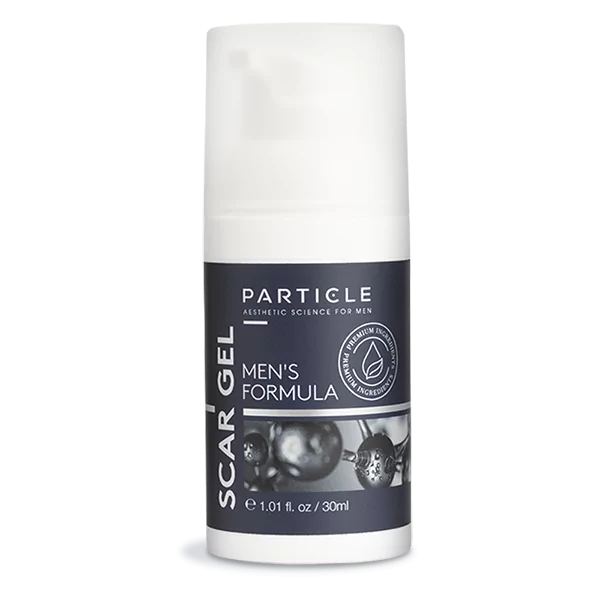
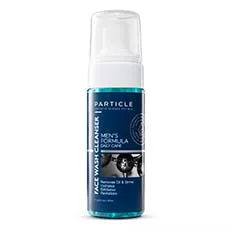
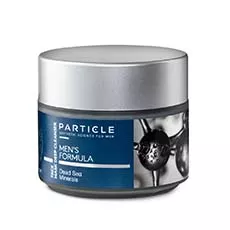
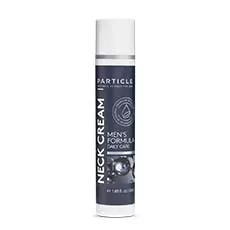
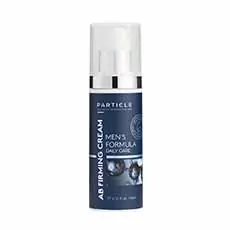
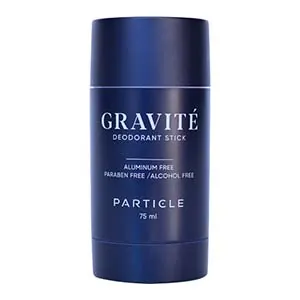
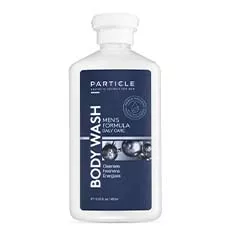
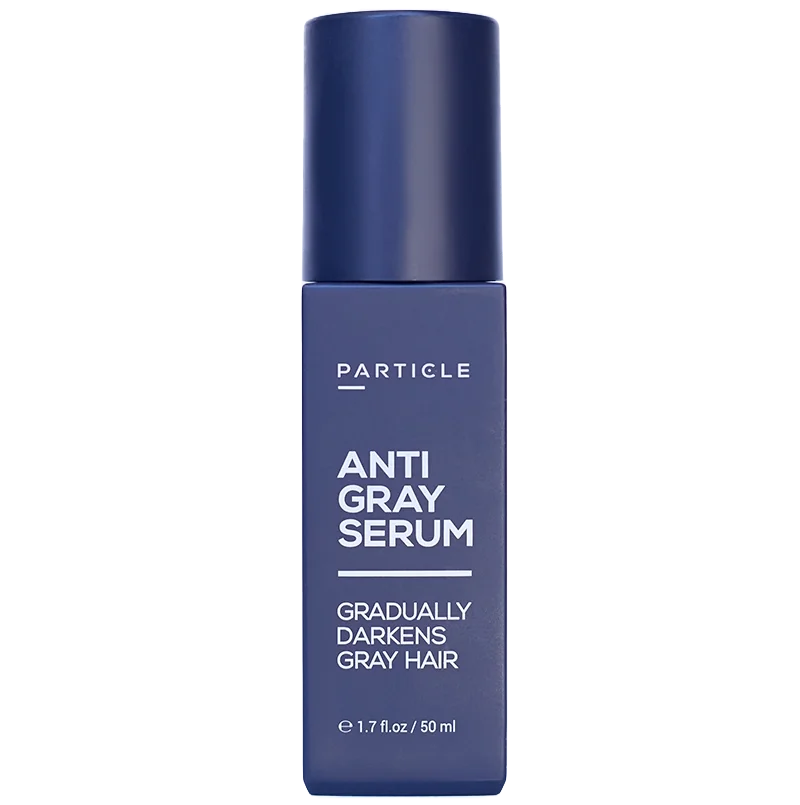
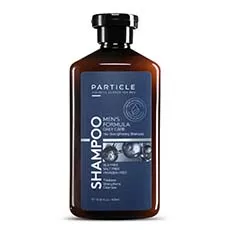
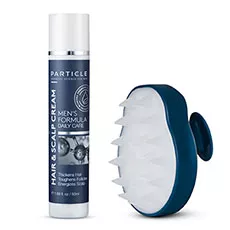
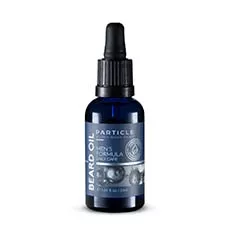
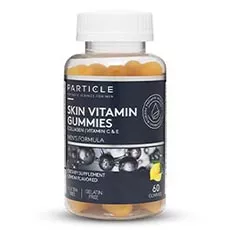
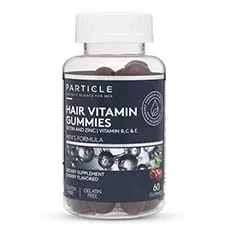
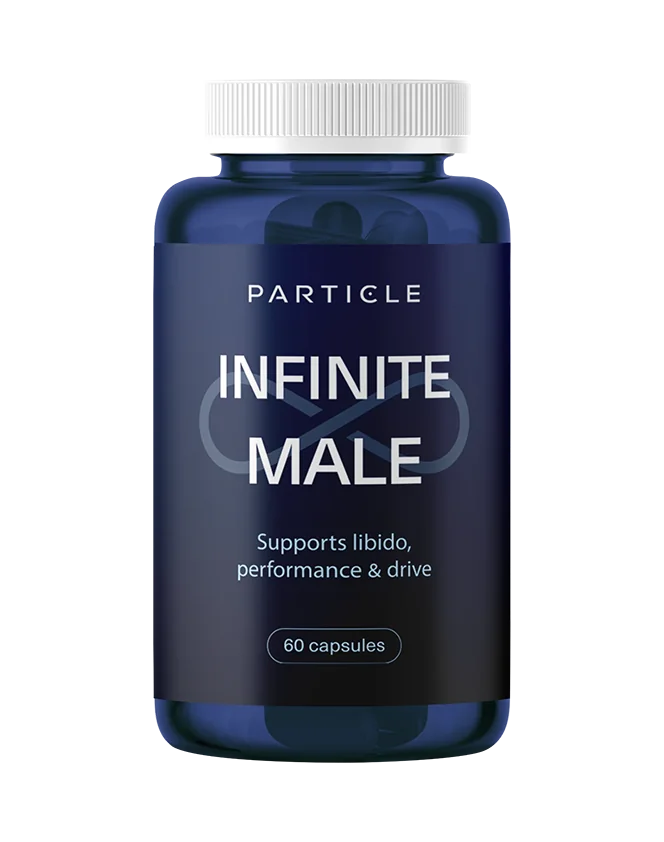
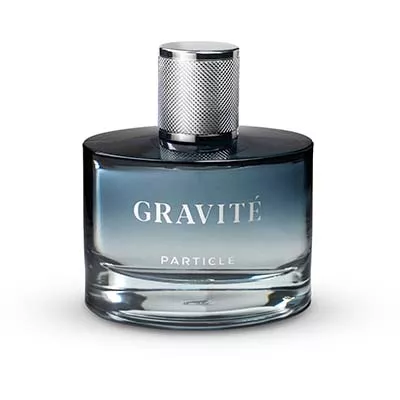

 en
en















